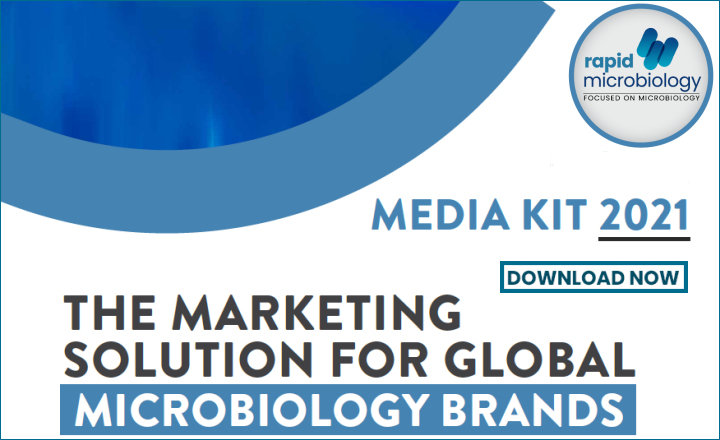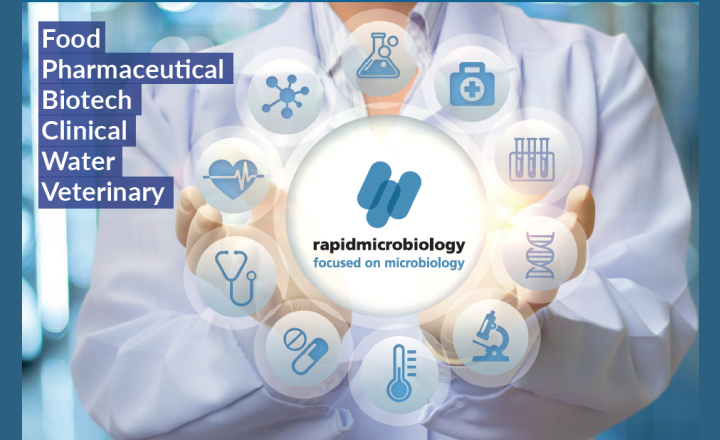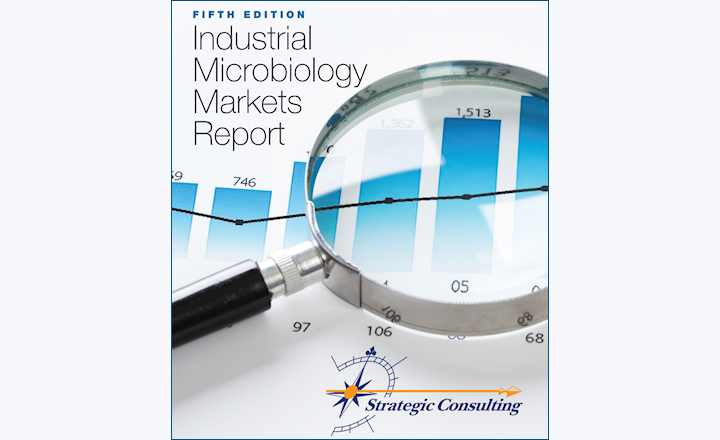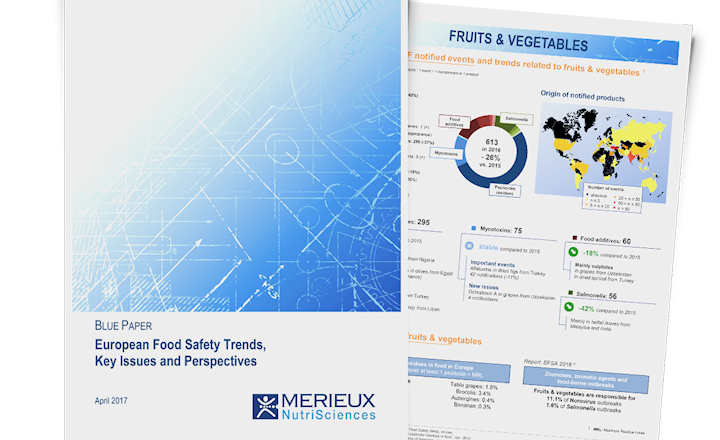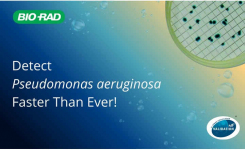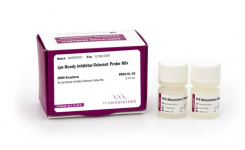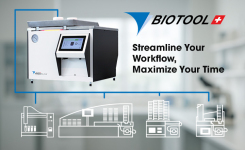Strategic Consulting, Inc. (SCI) have investigated global food microbiology testing to better understand variations in food safety testing practices across the globe. A summary of their findings were presented in a poster delivered last week at the American Society for Microbiology General Meeting in Boston. A detailed report on the findings entitled Food Micro, Eighth Edition: Microbiology Testing in the Global Food Industry (Food Micro—8) is also available from Strategic Consulting.
The specific areas investigated were:
- Food microbiology test volume
- Routine versus pathogen testing
- Points in the production process where food microbiology samples are collected
- Microbiology methods used for test methods
Similarities in Food Safety Testing Around the World Overall, food microbiology testing is high and growing all around the globe. Food microbiology test volumes are similar in North America (NA), Europe (EU) and Asia. The populations of these regions are quite different, however, and the ratio of tests/population varies, from highest in North America to lowest in Asia.
Food microbiology testing is divided between routine microbiology, which tests for indicators of contamination in food plants and finished products, and pathogen testing, which looks for specific pathogenic organisms known to cause foodborne illness. The split between routine and pathogen testing is similar in all regions. In North America routine microbiology accounts for 76% of test volume, and in the EU and Asia it accounts for 81% and 72% of test volume respectively. The testing by organism for both routine and pathogen tests also is generally similar around the world.
Greatest Differences Are in Sample Collection and Test Methods
SCI research found that where food safety samples are collected is one of the major areas of difference around the world, and food plants in Asia differ most from those in other regions. In-process/environmental testing accounts for just 9% of total test volume in Asian food plants, while worldwide 25% of test samples are collected in process and in the production environment. Other regions collect more in-process/environmental samples to support proactive HACCP programs among other reasons. In all regions, testing of end-products accounts for 44% to 59% of test volume.
For pathogen tests, food plants in North America collect just 8% of samples from raw materials, and in-process/environmental sampling is much more prevalent at 44% of samples. In contrast, 8% of pathogen samples are collected from in-process/ environmental sources in food plants in Asia.
There are also major differences in the microbiological methods used for analysis of food safety tests. For routine testing, NA uses more easy-to-use “convenience methods” (e.g. Petrifilm™), which account for 52% of all routine testing. The EU uses more traditional, culture-based methods, which make up 63% of routine test analysis. Pathogen testing in NA also is highly oriented toward rapid methods, with 94% of test analysis conducted with molecular and antibody-based methods. The EU still relies heavily on traditional or convenience culture methods for pathogen tests, with 61% of tests analyzed using them. Asia relies most heavily on traditional methods, for both routine and pathogen testing, of all the regions studied.
Food Micro—8 is based on 450 detailed interviews conducted in 19 countries by Strategic Consulting, Inc. SCI has researched and integrated data on food microbiology diagnostics trends and practices over the last 15 years, and published the data in eight market research reports. Delivering both extensive new data and a detailed historical perspective, Strategic Consulting market research reports are widely accepted by leading diagnostic manufacturers and investors as highly credible analyses of the industry.
For more information about Food Micro, Eighth Edition: Microbiology Testing in the Global Food Industry (Food Micro—8) visit www.Strategic-Consult.com.






